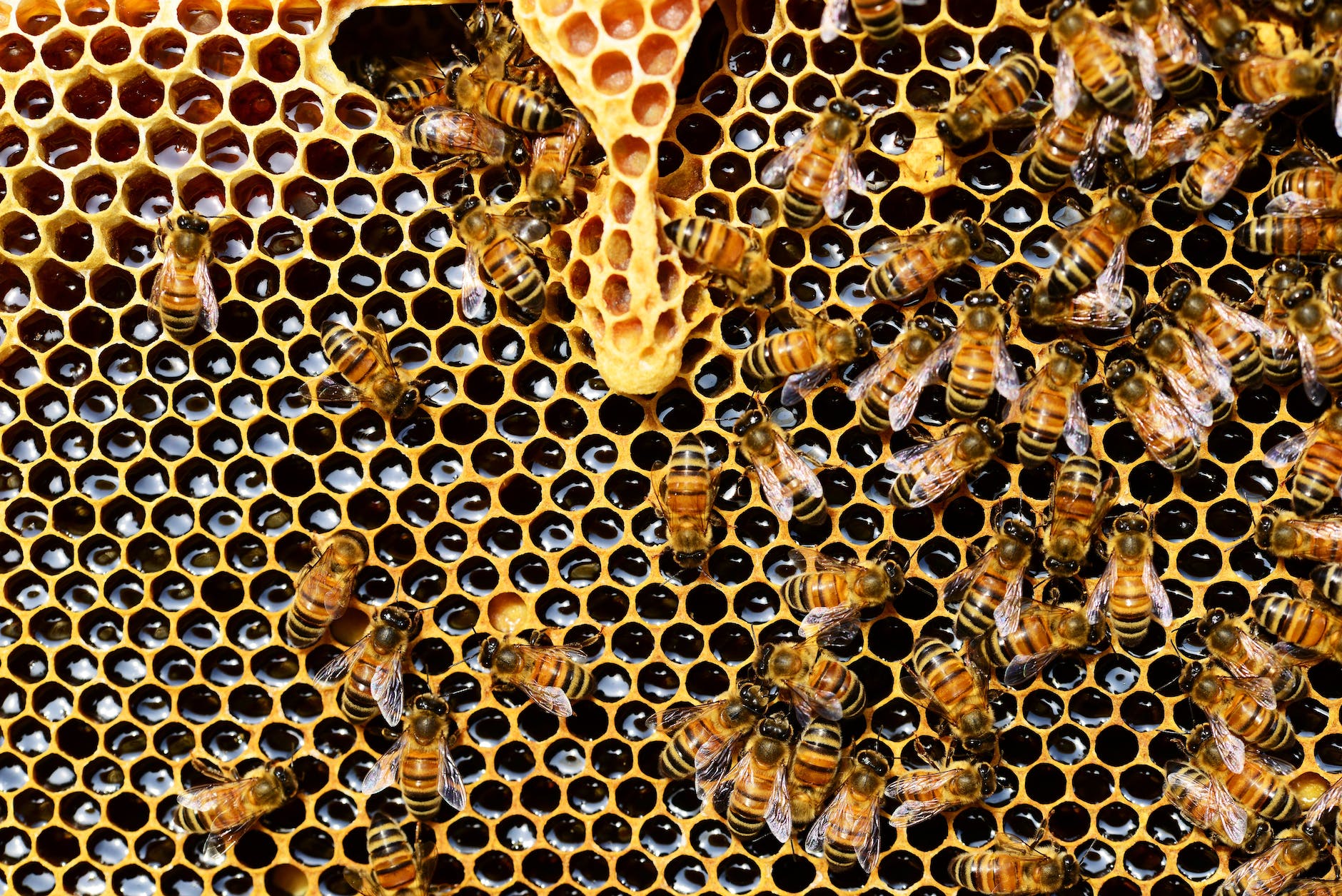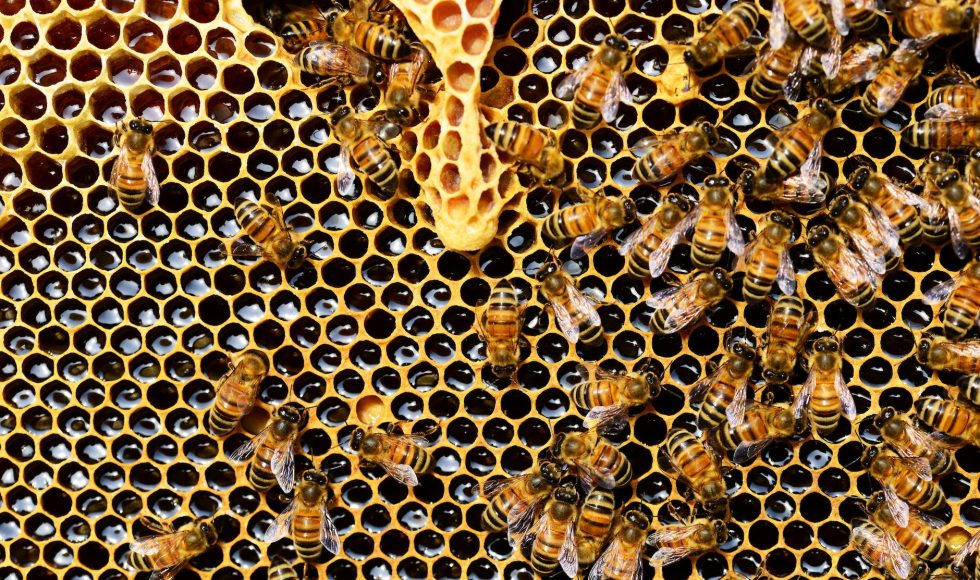Vania Costa, a Field Applications Scientist with Oxford Nanopore Technologies (ONT), led the Masterclass I watched tonight. This session was part of London Calling 2023 and entitled “How to extract high-quality DNA and RNA.” I have watched a couple of Masterclasses Costa has created. The objective of this session was for users to determine appropriate extraction methods for different sample types. Costa urged users to think about workflows by paying attention to the type of data needed. The starting amount of DNA and RNA is one of the first considerations Costa talked about. Ligation sequencing kits require higher inputs than rapid kits. PCR-based kits allow for smaller inputs. Sample purity and type are essential considerations. Some sample types such as plants may need extra purification. For complex samples such as soil metagenomes, Costa explained that the user may want to deplete certain sequences, for example. Size selection is also important, as longer fragments may be needed for assemblies. ONT sequencing workflows allow for sequencing of short fragments (down to 20 bp) that are naturally fragments or cell-free DNA, for example. Medium range fragments are considered to be up to 15 kb and used to maximize sequencing output for methylation studies. Larger fragments can be obtained depending on the sample preparation techniques used, and the ultra-long sequencing kit is intended to maximize read length. Costa noted that the “the number one rule of extracting samples for nanopore sequencing” is “you cannot sequence what you do not have.” Handling and preserving extracts is therefore critical. Temperature and storage medium are important. Storing samples before extraction is required to keep DNA and RNA stable. For both DNA and RNA, -80 C is suggested as soon as possible to preserve integrity. There are commercially available sample transport and stabilization solutions. For DNA, storage at 4C for short term storage can be used for several months. For RNA, storing extracted RNA at -20 C is recommended for long term. Costa explained that freeze thaw cycles of DNA samples does cause a decrease in N50. For RNA, Costa and ONT recommend -80 C for long-term storage. Keeping samples on ice and avoiding temperature variations are recommended. Costa noted that the QIAmp kits use spin columns and do shear the samples a little, but also do not require further processing. Use of Puregene and genomic-tip extraction kits may require fragmentation because they generate “quite long DNA.” Some samples may need to be diluted before extraction to avoid overloading. For yeast cells, PVP and other methods may be needed to lyse cells. For RNA, Costa explained that kits are available for different sample types. Costa mentioned that long fragments can be sheared to increase throughput. Physical fragmentation methods can be used. The rapid kits use a transposase fragmentation and barcoding. In some cases, DNA that is too long affects the library preparation using the Ligation Sequencing Kit approaches. Size selection is an option, and Costa highlighted the short fragment elimination kit that reduces fragments under 25 kb in length. SPRI beads can enrich for fragments >1.5 bp. Once DNA and RNA are extracted, yield should be assessed by using the Qubit, Costa recommended. The NanoDrop can be used to assess purity by using the ratios. Assessing fragment length is important to determine kit options. For RNA, the RNA Integrity Number (RIN) provided by the Agilent BioAnalyzer or TapeStation is helpful. Costa explained that lower RIN values have resulted in lower throughput and sizes of fragments sequenced. Costa ended by providing an example of extracting DNA from human blood for methylation analysis and the recommended workflow. Community protocols and sample information for storage are available online.



